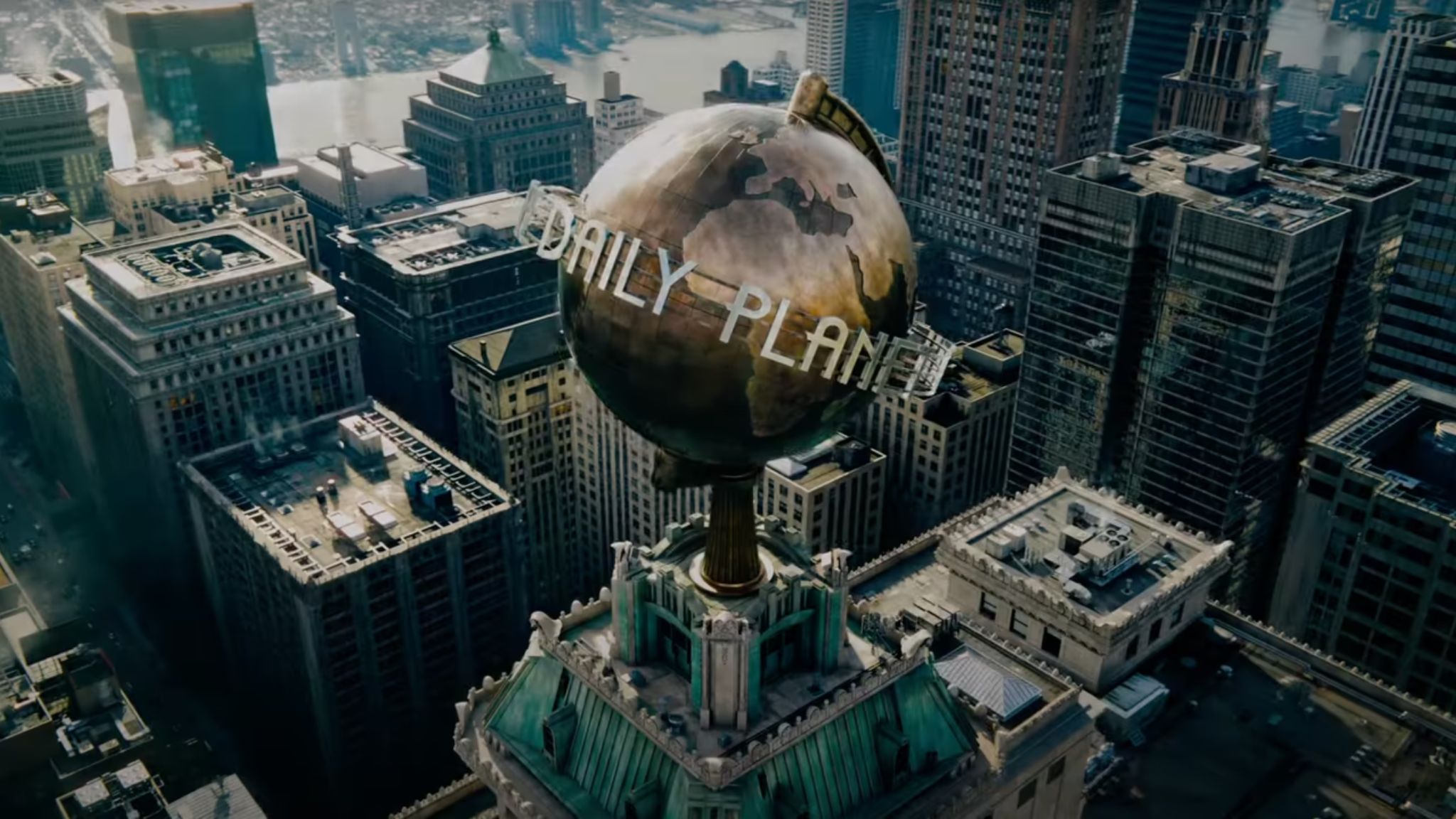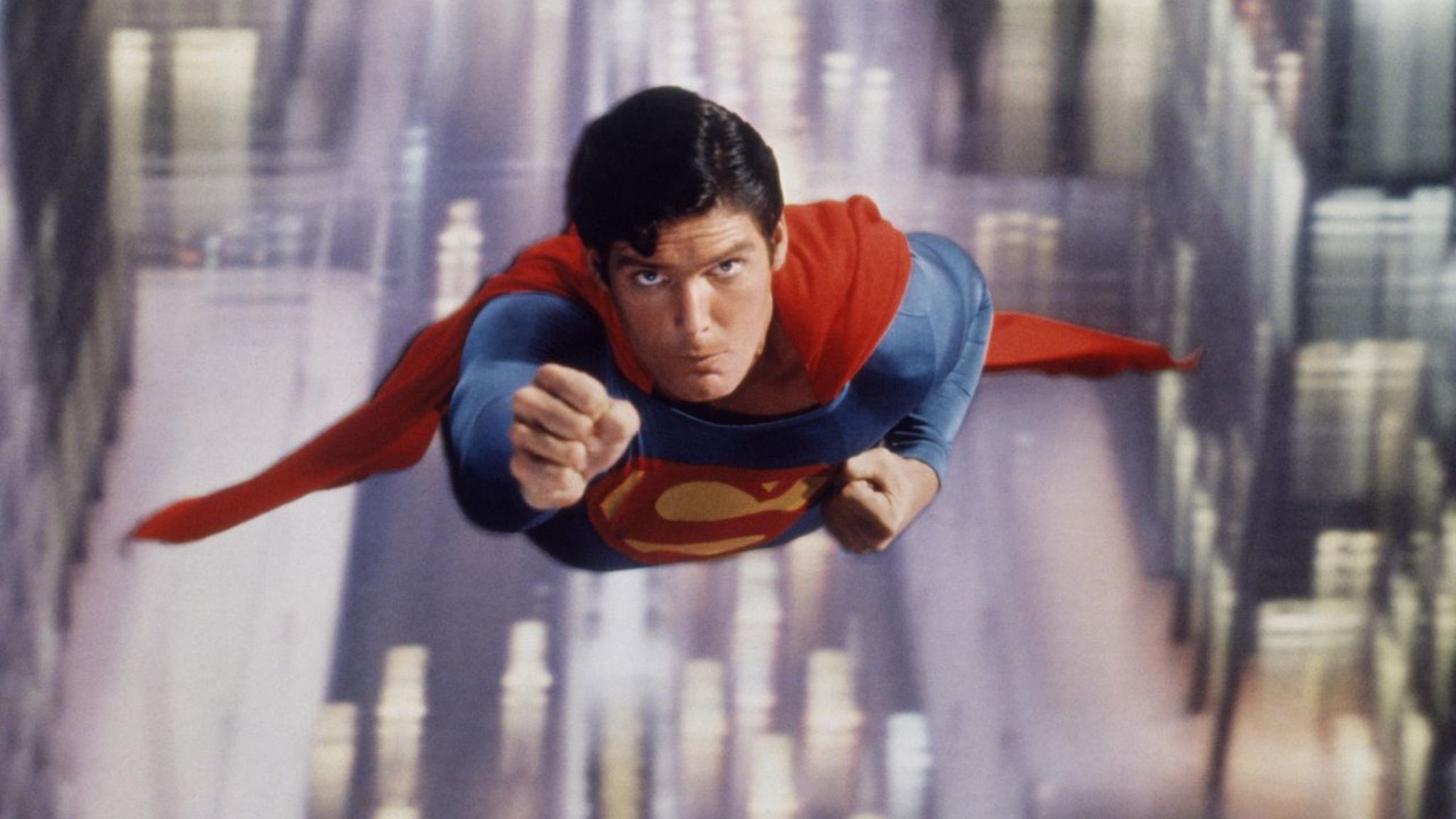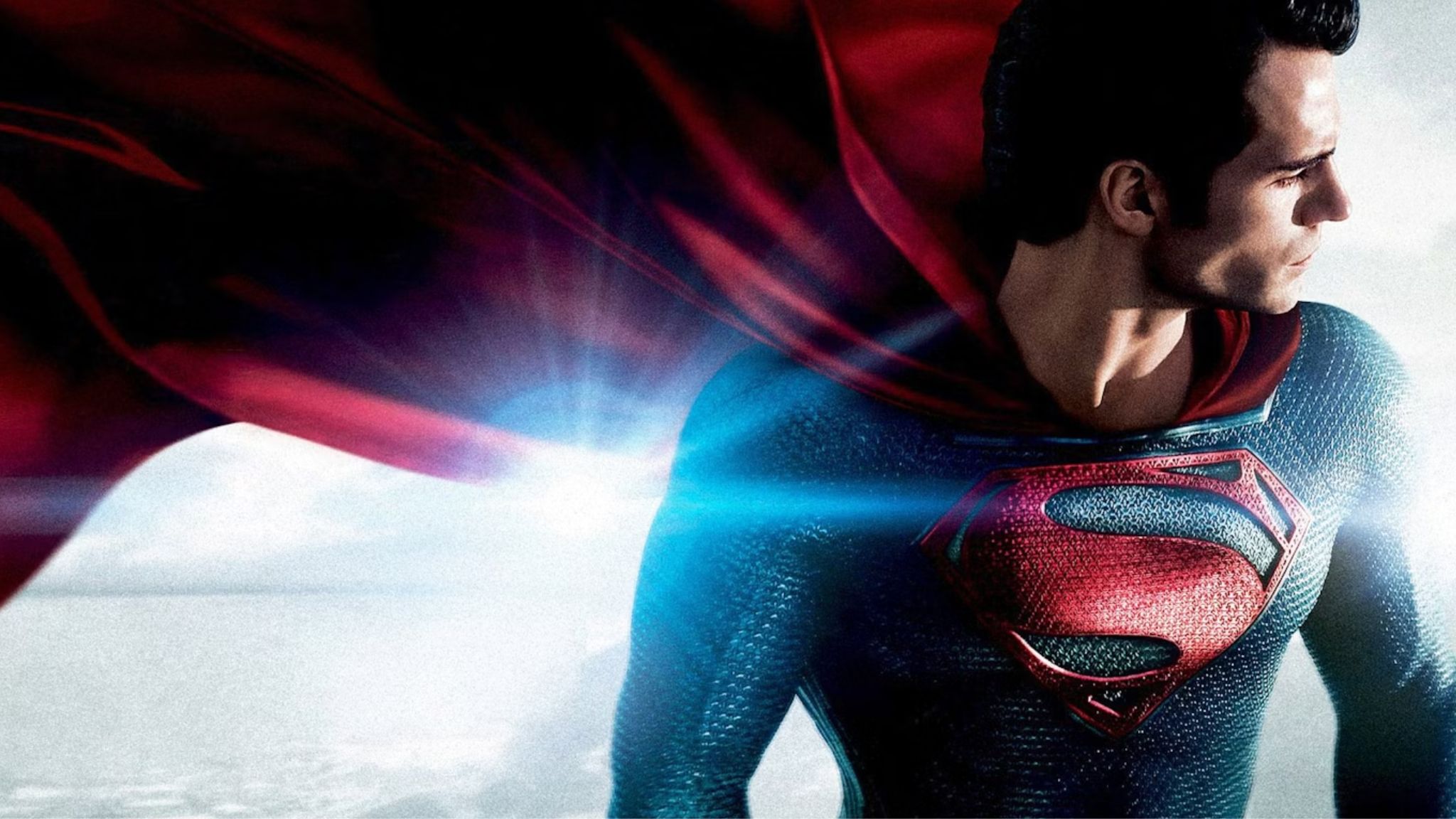
James Gunn’s fresh take on Superman is now playing in cinemas, and as audiences immerse themselves in the expansive scope of the new DC Universe, a subtle aspect highlights the intricacy of DC Studios’ world-building. The film introduces David Corenswet as the Man of Steel and Rachel Brosnahan as Lois Lane, and it subtly establishes the location of Metropolis through a casual visual clue. In this film, Lois Lane’s vehicle sports a Delaware license plate, thereby confirming the City of Tomorrow within the borders of the First State. For some viewers, this might be a minor detail, but for readers of DC Comics, it’s a meaningful wink to Metropolis’ rich DC legacy.
In the mid-1970s, the layout of DC Comics’ fictional cities started to become more defined as part of an editorial effort towards consistent world-building. A significant map published in 1977’s “The Amazing World of DC Comics #14” placed Metropolis in Delaware and Gotham City, notably across the Delaware Bay in New Jersey. This geographical arrangement was expanded upon by writer and artist Paul Kupperberg in the 1978 limited series “World’s Greatest Superheroes,” which depicted these cities as neighbors. The aim was to develop a captivating contrast between the hopeful “City of Tomorrow” and Gotham’s troubled streets, portraying them as two halves of the same coin.
As a passionate film buff diving into the vast world of DC comics, I’ve witnessed the integration of this captivating geography into the main DC narrative post the universe-reshaping 1986 crossover event known as “Crisis on Infinite Earths.” The subsequent reboot opened up a wealth of information, with official guidebooks like ‘The Atlas of the DC Universe,’ published by Mayfair Games in 1990, providing solid details about this new universe. For instance, Metropolis was officially depicted as a significant coastal city nestled in Delaware. This atlas, along with other authoritative handbooks, became an essential reference for writers and fans alike, establishing the Delaware location as an undeniable fact within DC comic book lore that has remained consistent ever since.
James Gunn’s Superman Is the First Movie to Make the Delaware Connection

In various real-world adaptations of Superman’s story, cities like New York have often served as visual representations of Metropolis, yet none have ever provided an explicit in-story location for it. The 1978 film, “Superman: The Movie,” directed by Richard Donner, is the most memorable instance of this. This film’s portrayal of Metropolis is heavily influenced by New York City, as the majority of filming took place there. The opening credits soaring over the Manhattan skyline, the use of the actual Daily News Building for the Daily Planet headquarters, and the vibrant urban atmosphere all helped to create an image of Metropolis as a surrogate for New York. Nevertheless, the story never explicitly states that Metropolis is in New York State, allowing it to symbolize any bustling American city instead.
In Bryan Singer’s “Superman Returns,” I found myself continuing a cherished tradition, paying tribute to the Donner films in a way that felt deeply spiritual to me. Although the film was predominantly shot in Sydney, Australia, the Metropolis it portrayed was crafted with an Art Deco aesthetic, reminiscent of a dreamy, romanticized New York City. Once again, the real-life location of the city remained shrouded in mystery.

In the years that followed, Zack Snyder’s 2013 movie “Man of Steel” offered a fresh perspective on the city, borrowing its main design elements from Chicago. Instead of preserving the East Coast vibe seen in the Donner films, this movie adopted a contemporary, down-to-earth, and Midwestern atmosphere, which was accentuated by Chicago’s iconic glass and steel buildings and its elevated train systems.
As a devoted cinephile, I’ve always found the intriguing relationship between Metropolis and Gotham cities in the DC Extended Universe. In movies like “Batman v Superman: Dawn of Justice” and “Justice League,” these two urban giants were portrayed as twin cities separated by a bay, mirroring their comic book counterparts’ geography. Yet, despite this visual reference, neither film clarified their specific states, preserving the cinematic mystery surrounding Metropolis’s precise location. That enigma is finally lifted in James Gunn’s “Superman,” where the movie meticulously adheres to comic book details without compromise.
https://comicbook.com/movies/news/superman-review-2025-james-gunn-movie-dcu/embed/#
Read More
- Ashes of Creation Rogue Guide for Beginners
- Best Controller Settings for ARC Raiders
- How To Watch Call The Midwife 2025 Christmas Special Online And Stream Both Episodes Free From Anywhere
- Meet the cast of Mighty Nein: Every Critical Role character explained
- Tougen Anki Episode 24 Release Date, Time, Where to Watch
- Where Winds Meet: Best Weapon Combinations
- Paramount+ Just Added One of the Best Sci-Fi Trilogies of All Time
- Elizabeth Taylor’s Son Says Taylor Swift, His Mom Are Kindred Spirits
- Avatar 3 Popcorn Buckets Bring Banshees From Pandora to Life
- Battlefield 6 Shares Explosive Look at Single Player in New Trailer, Captured on PS5 Pro
2025-07-16 02:10